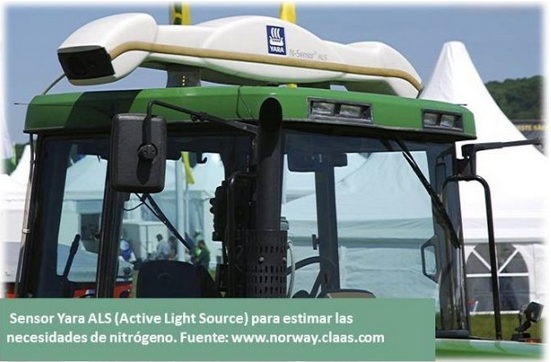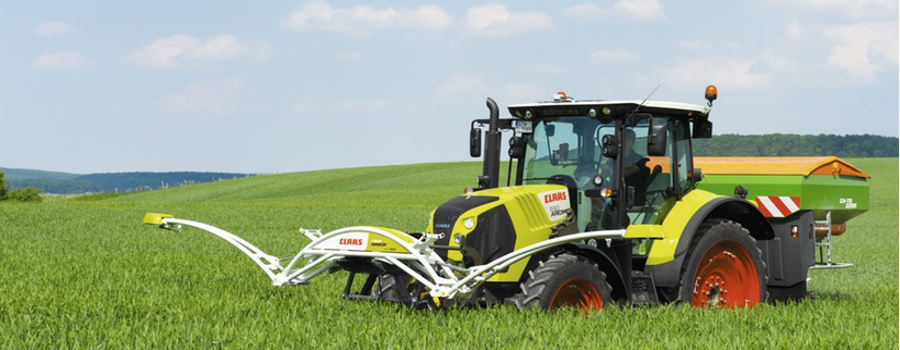Agriculture is a so old human activity that popular wisdom is full of proverbs and sayings giving recommendations about the best way to precede in farm duties. Popular wisdom along with the knowledge transmitted from parents to children has determined agriculture practice for centuries. Only in 20th Century the advent of machines and chemical fertilisers and pest-controllers started to change the conditions.

Nowadays agriculture has to face a changing scenario. New cultures, new policies, less water available, less public tolerance towards chemicals, less people attracted by rural life, emergent countries and the market dominated by a few, big actors. This changing situation leads agriculture to adopting industrial-like principles: process optimisation, cost reduction, performance improvement.
Information and Communications Technologies (ICT) and Internet of Things (IoT) can help to improve agriculture activities according to the new paradigm. These technologies are related to the ability to generate, to process and to use data from the agriculture process.
Data source can be sensors in the process and activity logs. When data are accessed through Internet and processed in the cloud to provide autonomy to the process we have an IoT process because it is not the farmer who is using Internet but the things themselves, where a thing is the field, an irrigation device or a combine harvester. Let’s see some examples that can be applied to improve agriculture.
An irrigation system can be automatized using moisture sensors buried in the soil. When the moisture reaches a critical value determined by the farmer, the system starts to work and will go on while the moisture is below the threshold. When the field is wide enough sensors can be placed along it, and the irrigation system can apply different water flows depending on the local conditions. The system can be improved by incorporating weather prediction, which can be used to delay the irrigation when rains are foreseen. Alternatively, the system can warm the farmer who will make a decision based on the information provided by the system.
Other example is a combine harvester equipped with a sensor able to measure the production per square meter. At the end of the task, there is a map of the field reflecting the production meter by meter. This map can be used during the next season to adjust the fertilisation according to the local needs. Moreover, the most suitable time to fertilise is automatically computed considering weather and soil conditions and the forecasted values.
All these techniques based on sensors, data processing and Internet access to the data, machines and fields allow to improve the farm yield and to reduce the use of resources. At the same time, they allow to cover the blanks caused to popular wisdom by this changing world.
- The 28A blackout and the lessons to be learned about the energy transition - 23 May 2025
- We ran out of light - 5 April 2024
- Uncertainties in electricity supply - 15 December 2023
